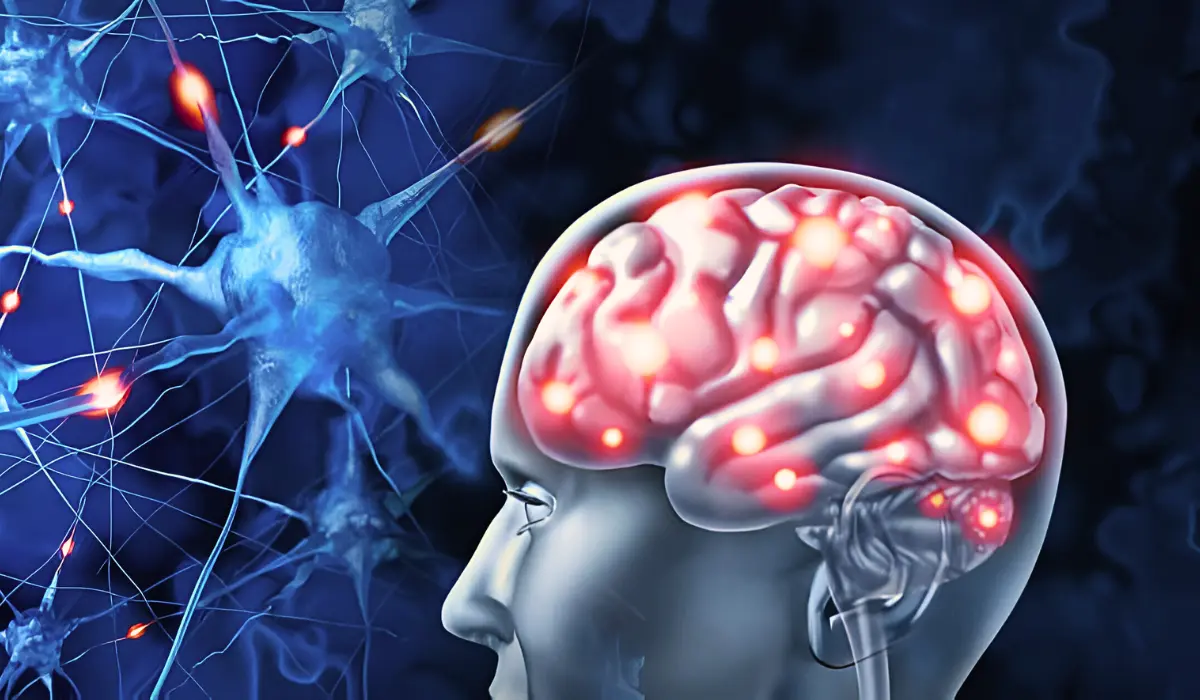The brain is one of the most important organs in our body and its power to adjust and balance the functions of the body is quite fascinating. Among the different functions and abilities of the brain, its quality known as neuroplasticity is one of the most important.
By definition, neuroplasticity is the ability of the brain to change and adapt according to the changes in its surroundings and experience. Looking at it in a literal manner too. Neuro refers to the nerve cells present in the brain and plasticity refers to the ability of the brain to change or adjust accordingly.
Through this article, we will be covering all the different aspects and principles of neuroplasticity so that you get a proper idea of how this fascinating process takes place and help us in multiple ways.
Types of Neuroplasticity
There are mainly two types of neuroplasticity. They are;
- Functional plasticity
In simple words, it can be explained as the ability of the brain to move functions from a damaged area to other undamaged areas of the brain.
- Structural plasticity
This can be explained as the ability of the brain to actually change its physical structure as a result of learning.
The Principles Of Neuroplasticity
We know that the development of our neurons and brain is a gradual process. It is believed that the first few years after the birth of a child is the time of rapid changes and developments when it comes to brain growth and within a few years the number of synapses per neuron in the brain will also see a huge rise.
However, the case is not the same once the person turns an adult. At that stage, the number of synapses will reduce to around half. The reason behind this is explained by the process called synaptic pruning. It is the process of eliminating the weak connections while strengthening other ones with each new experience.
Neurons that are used often get stronger and the ones that are not used frequently get weaker. Our brain adapts to new changes by this constant strengthening and elimination process.
Benefits Of Neuroplasticity
Here are some of the major benefits of neuroplasticity on our body and functions;
- It drives the body’s ability to learn new things
- Helps the brain to make easy recoveries from traumatic brain injuries
- Enhances the existing cognitive functions of your body
- Aids in strengthening the areas where a function is declined or lost

How To Increase Neuroplasticity?
Being a highly beneficial aspect of the human brain, there are certain things that you can do or follow to improve your neuroplasticity. Here are a few such methods that are proven to be beneficial.
1. Rest is important
Different studies have proven without a doubt that sleep is very important when it comes to brain development. It helps to improve the growth of the dendrites and thereby form better connections in the brain. So, maintaining a proper sleep cycle is very important.
2. Regular Exercise
As mentioned earlier, different neurons that are rarely used get eliminated but following a proper physical workout routine is said to reduce this elimination, especially from important regions of the brain like the hippocampus. Studies have also shown that exercise helps in the formation of new neurons in the same region too.
3. Enriching your environment
It is always advised to be a part of an environment that triggers focus, attention, and change as these factors help to stimulate a positive change in the brain. This should be given special importance in the earlier days of a person’s development like childhood and adolescence. Also, following it into adulthood is also said to have positive benefits on the brain.
Is Neuroplasticity Always A Blessing?
While changes in the brain associated with neuroplasticity are often seen as a positive remark, that is always not the case. There are instances where the structure or the functions of the brain can be changed or influenced negatively.
One of the most problematic brain plasticity can be induced by habits like substance abuse. This has a large possibility of affecting the brain and bringing changes in an undesired manner. Some events also can be a reason to induce post-traumatic stress disorder (PTSD). Different medical conditions like cerebral palsy or epilepsy can also be a reason for hindering brain plasticity.
Also Read: Wellness Shots For Gut, Brain & More – Best Recipes You Can Try Out!
Conclusion
Without a doubt, the brain is one of the most fascinating organs in our body and its true power seems quite limitless and more advanced than any supercomputer ever designed. Even though that is the case, there are some limits to our brain and on how much it can change and adapt.
Make sure that you get the needed rest and proper exercise all the while avoiding substances that are harmful to the body. This will be quite beneficial for your brain and thereby your body as well.





